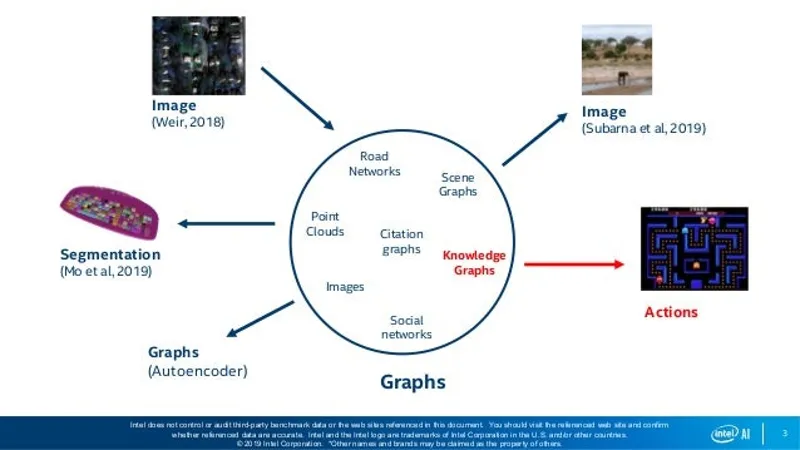In the rapidly evolving landscape of artificial intelligence, a recent study conducted by researchers from Hong Kong University and the University of California, Berkeley, sheds new light on the training methodologies of language models. Traditionally, the belief has been that supervised fine-tuning (SFT) is the most effective approach for developing robust AI systems, heavily relying on meticulously curated training examples. However, this groundbreaking research reveals a compelling alternative: allowing AI models to learn independently through reinforcement learning (RL) can significantly enhance their ability to generalize to unseen data. This insight not only challenges established norms within the AI community but also opens up exciting possibilities for the future of model training.
| Category | Details |
|---|---|
| Study Overview | AI models can generalize better when trained independently, according to a study by universities in Hong Kong and California. |
| Key Findings | Training too much on hand-crafted examples can hinder AI’s ability to generalize to new data. |
| Training Methods | 1. Supervised Fine-Tuning (SFT): Training on labeled examples. 2. Reinforcement Learning (RL): Learning tasks independently without pre-defined examples. |
| Challenges with ML | Overfitting occurs when models perform well on training data but fail on new examples. |
| Experiments Conducted | 1. GeneralPoints: Tests arithmetic reasoning with different rule sets. 2. V-IRL: Assesses spatial reasoning in navigation tasks. |
| Results Summary | RL consistently improves performance on varied examples, while SFT often leads to memorization. |
| Real-World Implications | RL can lead to innovative outcomes in tasks where hand-crafted examples are hard to create. |
| Conclusion | Combining SFT for stabilization and RL for generalization shows potential for better AI performance. |
Understanding AI Learning Methods
Artificial Intelligence (AI) models learn in different ways, much like how students learn in school. The two main methods are supervised fine-tuning (SFT) and reinforcement learning (RL). In SFT, models are taught using specific examples, helping them understand what is expected. However, this method can be slow and expensive, making it hard for researchers and businesses to gather enough data for training.
On the other hand, reinforcement learning allows models to explore and learn on their own. Just like a student might figure out a math problem by trying different methods, AI models can find solutions without needing lots of examples. This way, they might discover new and better ways to tackle problems, making them smarter and more adaptable in various situations.
Frequently Asked Questions
What does the study from Hong Kong University and UC Berkeley reveal about AI models?
The study shows that AI models, like LLMs and VLMs, perform better and generalize more effectively when they learn independently, without relying heavily on hand-labeled examples.
What are SFT and RL in AI training?
Supervised Fine-Tuning (SFT) involves training AI models using hand-crafted examples, while Reinforcement Learning (RL) allows models to learn tasks independently, enhancing their ability to generalize.
How does overfitting affect AI models?
Overfitting occurs when an AI model memorizes training data instead of learning to generalize. This leads to poor performance on new, unseen examples.
What tasks did the researchers use to test AI generalization?
The researchers tested AI generalization using two tasks: GeneralPoints for arithmetic reasoning and V-IRL for spatial reasoning in visual environments.
What are the benefits of using RL over SFT?
Reinforcement Learning (RL) generally provides better generalization performance compared to Supervised Fine-Tuning (SFT), allowing models to adapt to new challenges more effectively.
Why is SFT still important despite RL’s advantages?
SFT helps stabilize an AI model’s output format and lays a foundation for RL to improve performance, making both training approaches complementary.
What potential does RL-focused training have for real-world applications?
RL-focused training can lead to innovative solutions in complex tasks, especially where creating hand-crafted examples is labor-intensive and costly.
Summary
A recent study from Hong Kong University and UC Berkeley reveals that AI models, including large language models (LLMs) and vision language models (VLMs), perform better when they learn independently, rather than relying heavily on hand-labeled training examples. Traditionally, supervised fine-tuning (SFT) has been the preferred method for training these models, but this new research shows that too much SFT can hinder a model’s ability to generalize to new data. Instead, reinforcement learning (RL) allows models to improve by creating their own solutions, leading to better performance in various tasks, including reasoning and navigation.
